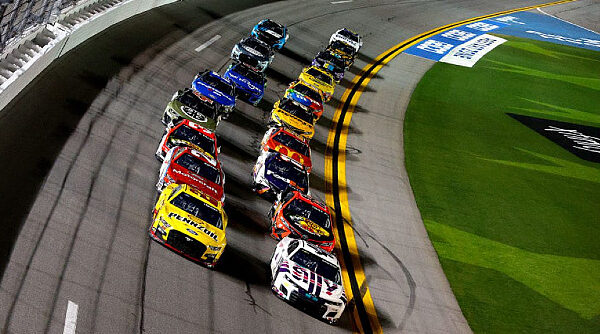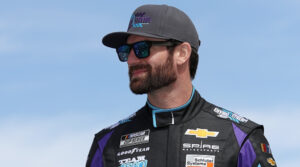2024 Changes to Qualifying

In an announcement made on Tuesday at the NASCAR Research & Development Center, officials unveiled a set of adjustments to the qualifying procedures for the 2024 NASCAR Cup Series season.
The existing format, where 36 or more entrants are divided into two groups for time-trial qualification, remains unchanged. The top five drivers from each group will still advance to the pole round, determining the top 10 starting positions for the main race. However, a significant alteration will come into play when establishing positions 11 through 40.
Previously, the cars finishing outside the top five in their respective groups were ranked from 11 to 40 based solely on their fastest qualifying lap, regardless of their initial group placement.
Starting in 2024, except for the Daytona 500, which maintains its distinct qualifying procedure, there will be a new approach. Cars failing to advance from Group A will determine the outside row for positions 11 through 40, while the remaining cars from Group B will establish the inside row.
For superspeedways, the qualifying process will differ. There will be two rounds, with the top 10 drivers from the first round advancing and the fastest time from the second round securing the pole position.
This change emerged as a result of feedback from the industry. The rationale behind defining starting positions by rows is to minimize potential variations caused by shifting track conditions during a qualifying session.
Group assignments will continue to be determined using performance metrics calculated based on the previous event. These metrics consist of 15% of the fastest lap time position, 25% of the driver’s final race finish position, 25% of the owner’s final race finish position, and 35% of the owner’s points position, as outlined in the NASCAR Rule Book. Any vehicles entered with a different driver than the previous race will have their driver-based metrics, such as fastest lap and finish position, set at 41, and these driver metrics cannot be transferred to another vehicle according to the rule book.




